
Medical healthcare photography can capture the real moments that tell compelling stories about patient care. Professional healthcare can help to humanize the clinical environment and build trust with potential patients.
High-quality photos can provide powerful educational tools that can help patients understand medical procedures, conditions, and treatments. This visible content can improve patient understanding and arrangement in their healthcare.
Clinical photography plays an important role in documenting patient conditions for diagnosis and treatment. These photos are helpful for medical research, education, and legal purposes. The clinical practices and patient outcomes have been recorded for clear to see visual.
Capturing photos in healthcare settings can require strict adherence to patient privacy and protocols. Photographers must guide complex legal and ethical considerations to maintain patient dignity and confidentiality.
Medical photography can involve technical techniques and tools which can include advanced lighting and imaging technology. Photographers must have technical skills to capture photos effectively and indicate medical details while adapting to challenging environments within healthcare facilities.
Photography in Healthcare
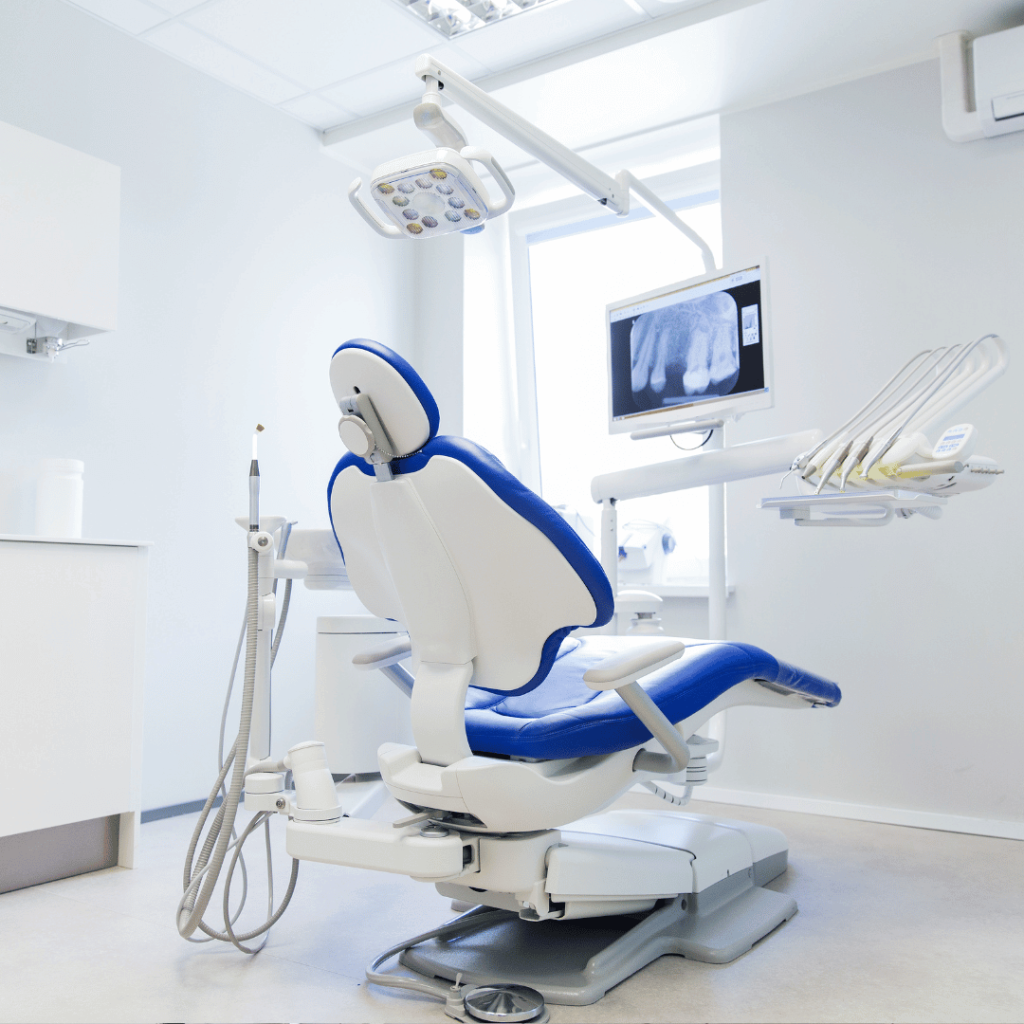
Photography in healthcare performs as a strong tool for visual storytelling which can capture the emotional and human aspects of patient care. This can help to build trust and relationships with potential patients.
High-quality photos can improve patient education materials that can make difficult medical information more accessible and understandable, which is necessary for making decisions.
Medical photography is important for documenting patient conditions, surgical procedures, and treatment outcomes which can provide valuable visual records for research, education, and legal purposes.
Effective healthcare photography can demand technical skills and equipment. The photographers must adapt to the various lighting conditions and capture complex details in clinical environments.
Incorporating photography into healthcare facilities can improve the environment which can make waiting areas more inviting and reduce patient anxiety through engaging and comforting visuals.
High-quality photography is important for healthcare marketing which can help to create a positive brand image and attract new patients. They differentiate among the healthcare providers in a competitive market.
Industrial photography in medical healthcare
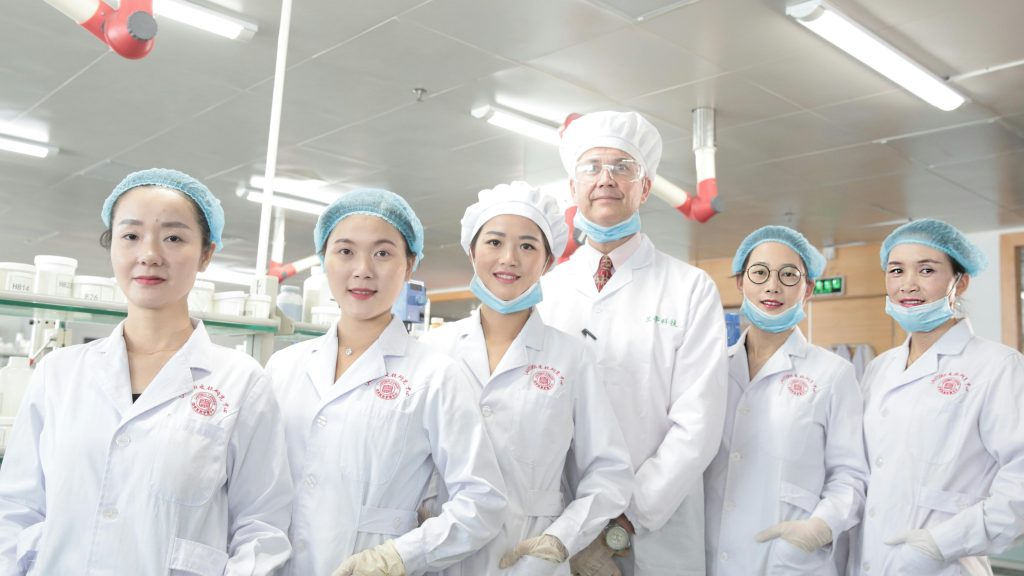
Industrial photography in the medical healthcare sector captures necessary moments and processes. They can provide a visual record that aids in clinical documentation, research, and education.
High-quality photographs can tell compelling stories about patient experiences and outcomes which can help human healthcare services and build their trust with potential patients.
Effective industrial photography improves marketing efforts by showing healthcare facilities, staff, and services that can interact with new patients and improve brand recognition.
Medical photography can demand specialized skills and tools to capture intricate medical procedures and environments. The photographers have a deep understanding of both technical and medical aspects.
Photographers must stick to strict legal and ethical policies regarding patient privacy and consent. All pictures are captured respectfully and in compliance with healthcare regulations.
Industrial photography can highlight improvements in medical technology and innovative practices within healthcare facilities which demonstrates a commitment to quality care and modern solutions.
In the medical field, they can be used in educational materials for both patients and medical professionals which can improve their understanding of medical procedures and conditions.
Photographers in the healthcare sector must be adjustable to various environments. The bustling emergency rooms to quiet recovery wards can capture authentic moments while minimizing disruption.
Powerful photographs can produce emotions that help to convey the compassion and dedication of healthcare professionals, which can resonate with patients and their families.
The digital asset management systems in healthcare photography facilitate efficient organization, storage, and retrieval of images, improving workflow and ensuring compliance with data protection regulations.
Medical healthcare photographer
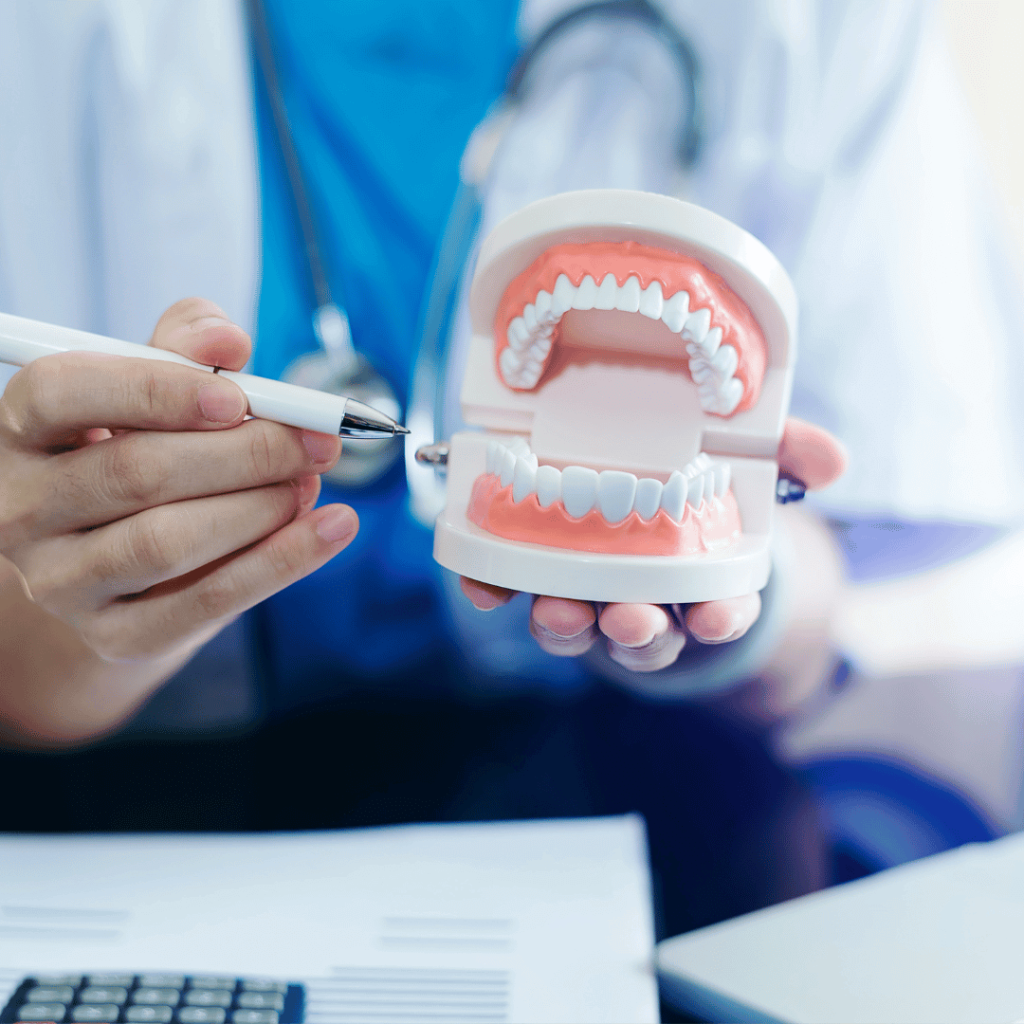
Medical healthcare photographers specialize in capturing photos that document patient conditions, treatments, and surgical approaches. Their work is necessary for clinical documentation, patient education, and medical research.
These photographers must possess an in-depth understanding of photographic techniques, including lighting, composition, and equipment handling, to capture detailed medical images in various clinical stages.
Medical photographers can observe strict moral policies to ensure patient privacy and dignity. They can informed consent from patients before taking photographs and respect their wishes regarding photograph use.
Medical photography contains various things which can include dermatologic photography, ophthalmic imaging, and surgical documentation. Every area requires specific techniques and knowledge to capture the important details.
Medical photographers usually work closely with doctors, nurses, and other healthcare staff to understand the specific photograph needs for patient care and documentation. The photographs can serve their intended purpose.
Providing the important sensitive nature of healthcare environments. photographers must approach their work with empathy and discretion, being mindful of patients’ emotional states with their medical conditions.
Medical photographers use the latest photo technologies and software to improve their work which can include high-resolution cameras, specialized lenses, and digital photo editing tools to provide the highest quality images.
These images produced the medical photographers play a vital role in monitoring patient progress reports, and diagnoses facilitating communication between healthcare providers, and ultimately contributing to improved patient outcomes.
Medical photography can serve as a useful educational resource for both patients and medical specialists. Images can be used in training materials, presentations, and medical literature to illustrate complex concepts and procedures.
The medical photography field is constantly growing with improvements in technology and photography techniques. Photographers must engage in ongoing education and training to stay current with best practices and innovations in the industry.
corporate headshots on medical health & Clinical Sectors
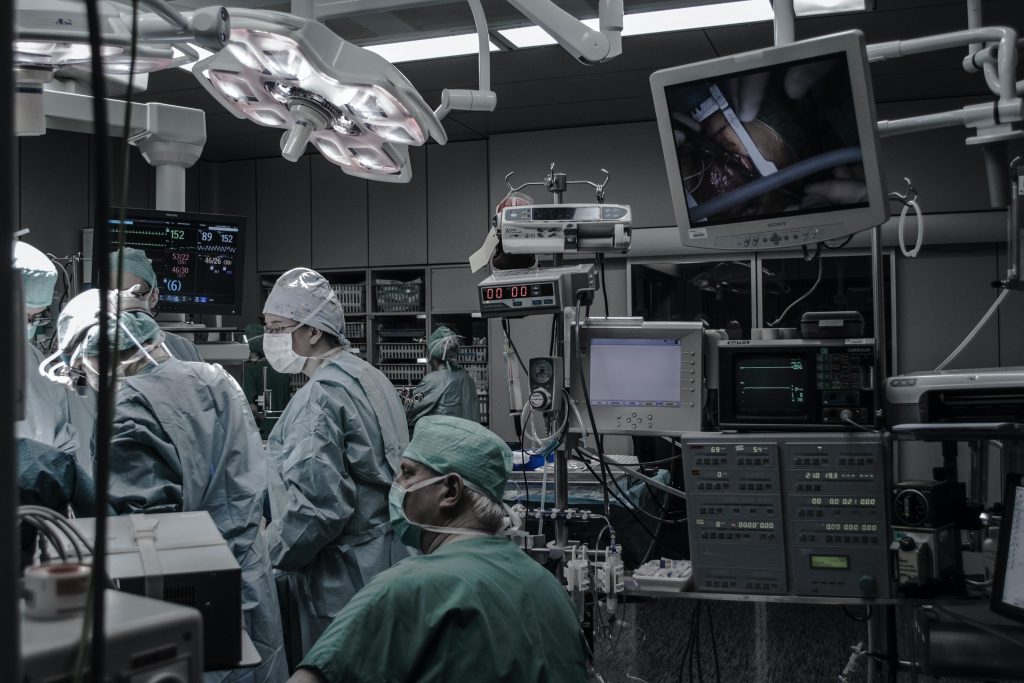
Corporate headshots in the medical and clinical sectors are essential for making strong first impressions. Patients constantly form opinions about healthcare providers by viewing their images, influencing their decision to seek people.
Professional headshots can help show the trust between healthcare providers and patients. This approachable image can reassure potential patients about the professionalism and competence of the medical staff.
Maintaining a constant look across headshots for all medical staff can improve branding efforts. This can help reinforce to identity of the practice or hospital and generate a cohesive photograph on websites and marketing materials.
High-quality headshots can also operate as effective recruitment tools. Future employees usually look for a positive workplace culture, and original images of current staff can help get that message.
Nowadays, many patients first research their healthcare providers online before making appointments. Professional headshot photographers improve the online reality of medical professionals making them more relatable and approachable.
Corporate headshots help humans in the clinical environment, showing the people behind the practice. This touch can make patients feel more comfortable and connected to their healthcare providers.
Medical headshots can be used on different platforms like websites, social media, brochures, and professional networking sites like LinkedIn which can ensure that medical professionals present a polished image everywhere.
High-quality headshots photograph attention to detail, signaling to patients that the practice values professionalism in every aspect of its operations.
Medical professionals need to update their headshot photos, ideally every 2-3 years. This can ensure that the images remain current and accurately represent the staff which is important for maintaining trust and credibility.
Photographers can give headshot sessions to reflect the specific culture and values of the medical practice. Either a formal look or a relaxed, friendly atmosphere, thus aligning the imagery with the practice’s identity.
Corporate photography in medical healthcare & Clinical Sectors

Corporate photography in the medical healthcare sector is important for collecting documents on different medical conditions and treatments. They can provide a visual record of the diagnosis and monitor patient progress.
High-quality images can help the educational materials to help patients understand their conditions and treatment options.
Professional corporate photography helps to build trust between healthcare providers and patients. Genuine photos of staff and facilities can enhance the perceived credibility of a healthcare organization.
Useful corporate photography is a strong marketing tool that can show the quality of maintenance, the latest technology, and compassionate staff, helping to attract new patients and differentiate a healthcare brand in a competitive market.
Corporate photography can capture real moments in healthcare environments that tell compelling stories that resonate with patients and their families to humanize the clinical environment.
Photographers in the medical field must be strict with their privacy regulations and obtain informed consent from patients before capturing images which can ensure that patient dignity and confidentiality are respected.
Corporate photographers frequently work closely with medical staff to understand the specific needs of a shoot ensuring the images accurately reflect the services and care delivered.
Medical corporate photography demands experienced skills and tools to capture clear images in various clinical environments which can require knowledge of medical terminology and procedures.
High-quality corporate images provide the presence of healthcare organizations that improve attention on websites and social media platforms, which is important in today’s digital-first landscape.
Corporate photography plays an important role in collecting documents for research industries, clinical trials, and healthcare innovations, helping to communicate improvements in medical science to a broader audience.
Commercial photography in the medical healthcare profession

Commercial photography plays an important role in the medical healthcare profession for showing the quality of care, new technology, and the compassionate staff of healthcare providers. Commercial photography images are essential for marketing and branding efforts, helping to attract new patients and differentiate healthcare organizations in a competitive market.
Professional corporate headshots of doctors and physicians are particularly important, as they often serve as the first impression for potential patients exploring healthcare providers online. High-quality, consistent headshots can help establish trust and credibility that also humanize the clinical environment.
Education photography helps the medical student
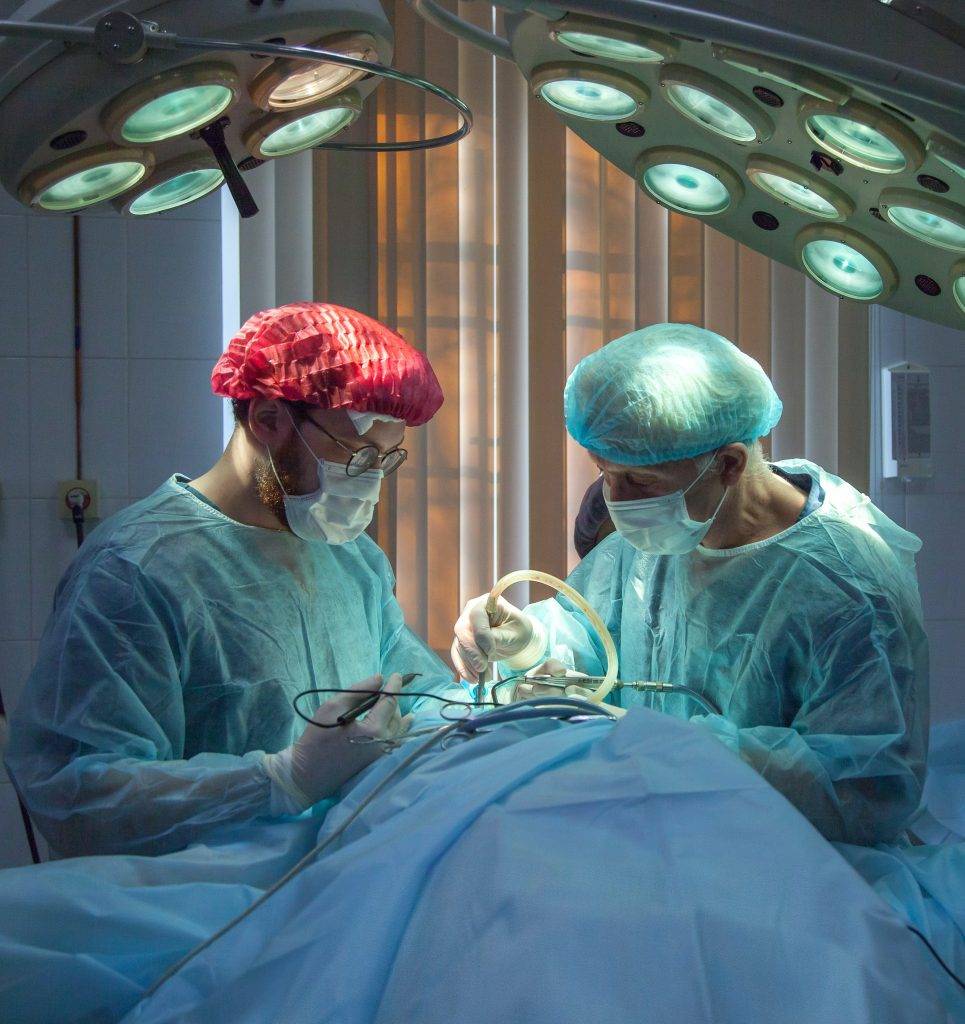
Education photography also plays an essential role in improving the learning experience for medical students by providing visual resources that complete traditional study materials. High-quality images of anatomical structures, medical procedures, and clinical environments help students better understand complex concepts and retain critical information.
Education photography photographs of dissections, surgical techniques, and patient interactions that allow the students to observe real-life applications of their theoretical knowledge. This exposure not only reinforces learning but also prepares them for practical situations they will encounter in their medical careers.
care photography
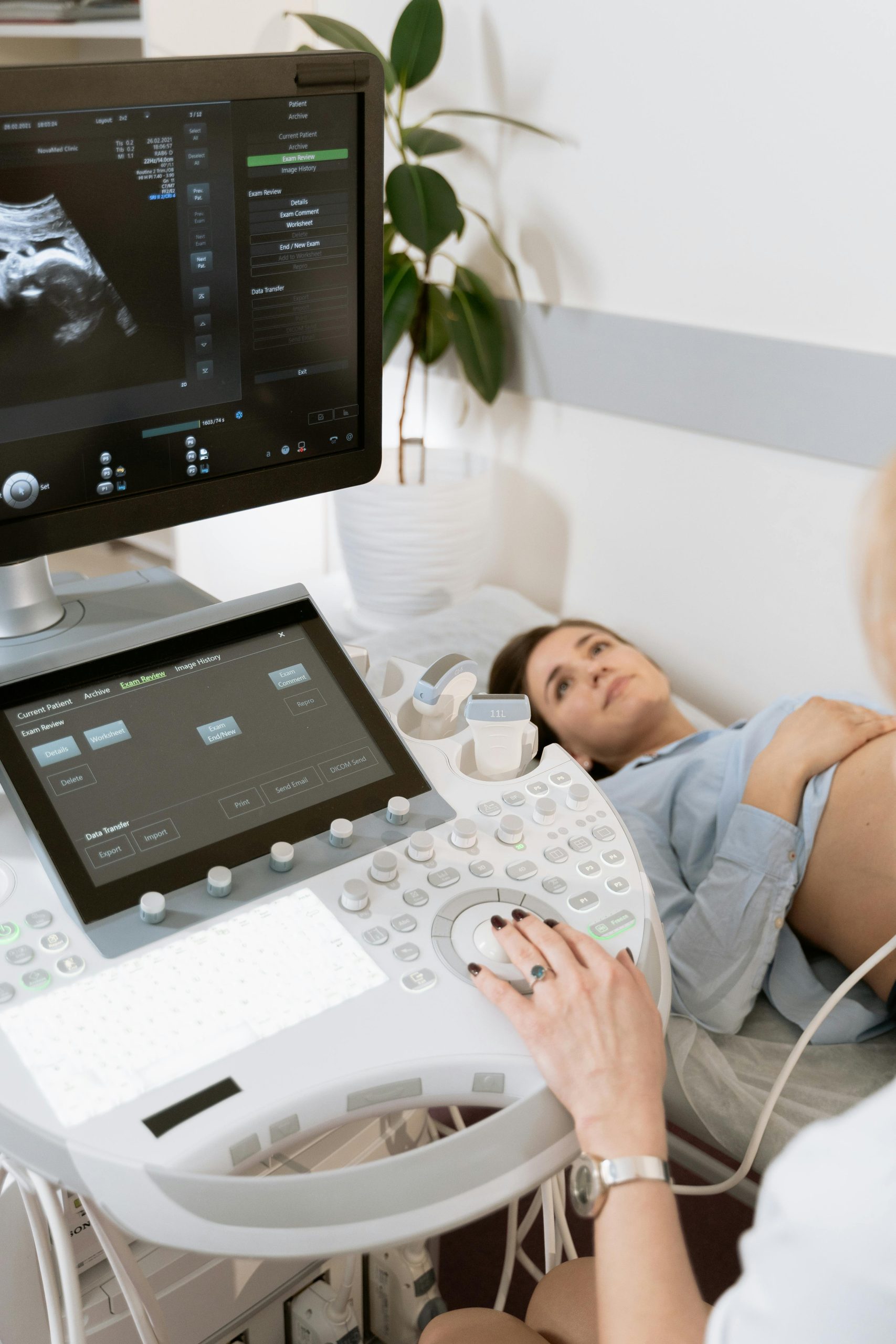
Care photography plays a significant role in the healthcare sector by capturing the essence of patient care and the environment within care facilities. High-quality images can effectively showcase the warmth and comfort of care homes, helping to attract potential residents and their families.
By highlighting interactions between staff and residents, care photography fosters a sense of community and trust, which is crucial for families seeking a supportive environment for their loved ones. Authentic images that reflect real experiences can differentiate a care home from competitors, making it more appealing to prospective clients.
